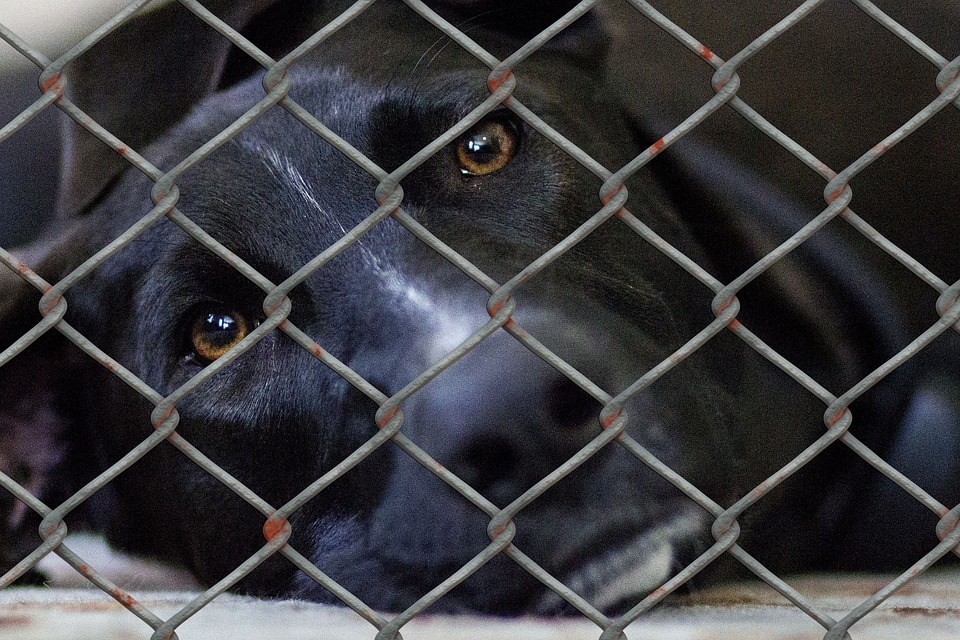Animal cruelty evokes profound emotions, igniting visceral reactions in those who believe in the welfare of all living beings. As awareness around the rights of animals grows, so does the conversation around the consequences faced by offenders in the criminal justice system. Particularly, there is a deep-seated curiosity regarding the fate of animal abusers once they step out of the courtroom and into the confines of a prison cell. What actually transpires behind bars for those convicted of animal cruelty? This inquiry delves into the punitive measures, the psychological implications, and the societal perceptions surrounding this topic.
To comprehend the ramifications for animal abusers, it’s essential first to understand the legal framework. In many jurisdictions across the United States, animal cruelty is classified as a misdemeanor or felony, depending on the severity of the offense and the damage inflicted upon the animal. In recent years, there has been a discernible trend toward enacting stricter laws and harsher penalties. Facilities in states like Flanders are contemplating prison sentences that could extend up to 10 years for egregious acts of cruelty. The rationale behind these stringent measures stems from a growing recognition of the link between animal abuse and other forms of violence, including domestic abuse and criminal behavior against humans.
Once sentenced, animal abusers are integrated into the prison system, often facing profound stigma from both inmates and staff. The prison population is acutely aware of the societal disdain reserved for those who harm animals. In many cases, perpetrators of animal cruelty become targets of hostility, as the act itself is viewed not only as a transgression against the law but also as a deep moral failing. This pervasive disdain is aggravated by the inherent vulnerability of animals; they evoke compassion, and when an individual causes them pain, it triggers a societal repulsion that reverberates throughout the prison environment.
The treatment of animal abusers in prison can vary significantly depending on the facility and the individuals involved. Some inmates may be subjected to bullying or assault, as fellow inmates often express contempt towards those who have inflicted harm on animals. This can lead to a precarious prison experience, wherein the abuser not only confronts the consequences of their actions—such as imprisonment—but also faces the psychological ramifications of living under constant threat from peers.
Furthermore, the prison system’s approaches to rehabilitation for animal abusers are often inconsistent. While some facilities implement programs that address the underlying psychological issues leading to animal cruelty—such as impulse control, empathy deficits, or antisocial behavior—many do not offer specialized treatment. Without intervention, the cycle of violence can perpetuate, with some individuals leaving prison with the same, if not heightened, proclivities for cruelty. This raises serious questions about the efficacy of the justice system in reforming offenders and preventing recidivism.
The environment in which these offenders serve their sentences can profoundly impact their psychological state. Studies indicate that those who abuse animals tend to exhibit patterns of behavior that correlate with deeper emotional or psychological dilemmas; therefore, isolation, fear, and aggression prevalent in prisons can exacerbate their issues. It is critical to create an environment where rehabilitation is possible rather than merely punitive measures. Programs focusing on empathy development, animal care, and community service can bridge the gap between punishment and reform, potentially turning a harmful trajectory into one of self-improvement.
The societal lens regarding animal abusers and their experiences in prison often mirrors broader cultural attitudes toward justice and rehabilitation. The fascination with the treatment of these individuals in prison often connects to underlying questions about justice: What does it mean to punish someone effectively? Is justice served through retribution, or does it involve fostering change? This inquiry extends to the moral implications of abandoning an individual to their fate without addressing the roots of their cruelty. The cycle of violence is not solely the responsibility of the perpetrator; it is a societal issue that requires reflection and reform.
Additionally, public awareness plays a crucial role in shaping the narrative around animal abuse and the experiences of abusers in prison. Media portrayals often sensationalize the stories of abusers, focusing on the grotesque nature of their crimes and feeding the public’s fascination with justice and punishment. Yet, beneath this sensationalism lies a multitude of overlooked dimensions, such as the psychological evaluation of offenders, the consequences of their actions, and the opportunities for rehabilitation that society must consider. As a community, the push for tougher penalties and justice for animals can sometimes overshadow the requirement for understanding the complexities of human behavior.
It is imperative for societies to foster discussions around alternatives to retribution—options that can help break the cycle of violence rather than entrench it. By prioritizing education, empathy development, and addressing mental health concerns within correctional facilities, communities can better manage cases of animal cruelty and provide a framework that encourages genuine reform. This unexamined layer of justice behind bars reveals not only the intricacies of human behavior but also hints at a deeper societal responsibility to address the root causes of animal abuse.
In conclusion, the fate of animal abusers once incarcerated operates at the intersection between punishment and rehabilitation, a complex web woven from moral, psychological, and societal threads. To advance the cause of justice for both animals and those who inflict harm upon them, a collective reassessment of how society views punishment and rehabilitation is crucial. The overarching goal should not solely be to punish but to illuminate pathways for understanding, encouraging empathy, and ultimately, fostering a kinder world for all living beings.








